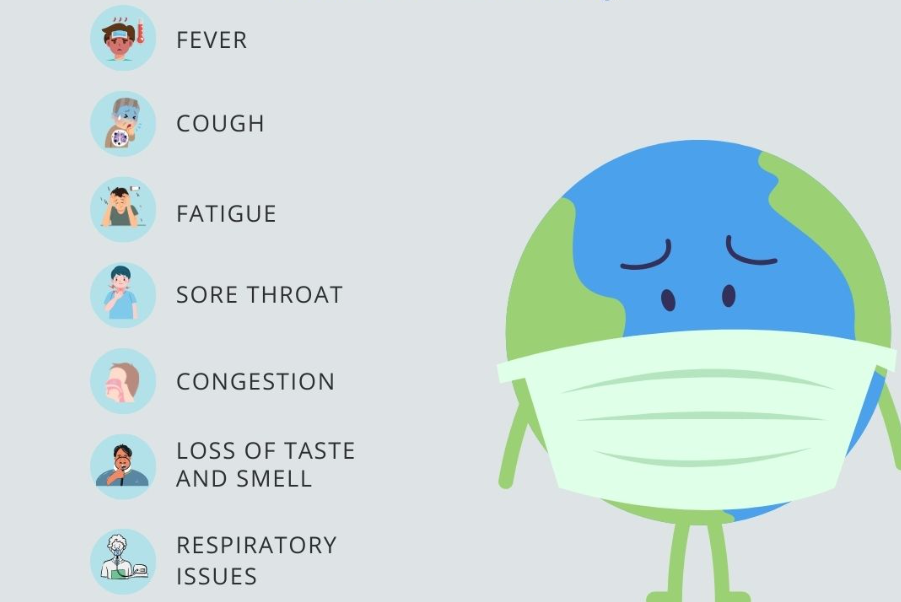North Texas Sees Surge in COVID Cases Due to FLiRT Variant
Understanding the FLiRT Variant
North Texas is currently experiencing a significant increase in COVID-19 cases attributed to a new variant known as the FLiRT variant. This variant has raised alarms among health officials due to its rapid transmission and potential to evade immune responses.
What Is the FLiRT Variant?
The FLiRT variant is a new mutation of the SARS-CoV-2 virus. Researchers are still investigating its origins and characteristics, but preliminary data suggest that it may be more contagious than previous strains. This heightened transmissibility is causing concern as it leads to an increased number of cases, overwhelming healthcare systems.
Impact on North Texas
The surge in COVID-19 cases in North Texas has had wide-ranging effects on public health, the economy, and daily life. Hospitals are reaching capacity, and local governments are scrambling to contain the outbreak.
Hospitals Under Pressure
With the rise in COVID-19 cases, hospitals in North Texas are finding their resources stretched thin. Intensive care units (ICUs) are nearing full capacity, and there is a growing demand for ventilators and other critical care equipment.
- Increased Hospital Admissions: A notable rise in hospital admissions has been observed, particularly among unvaccinated individuals and those with pre-existing conditions.
- Strain on Healthcare Workers: Healthcare professionals are experiencing burnout and fatigue as they manage the influx of patients, with many working overtime to provide necessary care.
Local Government Responses
Local authorities are implementing measures to curb the spread of the FLiRT variant. These include reinstating mask mandates, encouraging vaccination, and promoting social distancing.
- Mask Mandates: Several counties and cities have reintroduced mask mandates in indoor public spaces to reduce transmission.
- Vaccination Campaigns: Efforts to vaccinate the population have intensified, with clinics and mobile units offering vaccines to make it more convenient for residents.
- Public Awareness Campaigns: Informative campaigns are being launched to educate the public about the risks associated with the FLiRT variant and the importance of adhering to safety guidelines.
Preventive Measures and Recommendations
Health officials and experts recommend several measures to protect against the FLiRT variant and mitigate its spread.
Vaccination
Vaccination remains the most effective tool against COVID-19. While breakthrough cases can occur, vaccinated individuals are less likely to experience severe illness or require hospitalization.
Mask Wearing
Masks can significantly reduce the transmission of the virus, particularly in indoor settings or crowded places. It is advisable to wear masks that provide a good fit and filtration.
Social Distancing
Maintaining a safe distance from others, especially in public areas, can help to minimize the risk of exposure. Avoiding large gatherings and opting for outdoor activities when possible are also recommended.
Future Outlook
While the FLiRT variant poses a challenge, there is hope on the horizon. Continued research and adaptation of public health strategies aim to control the spread and impact of new COVID-19 variants.
Ongoing Research
Scientists and researchers are rigorously studying the FLiRT variant to understand its behavior, transmission patterns, and impact on vaccine efficacy. This research is crucial in developing updated vaccines and treatment protocols.
Community Cooperation
Community cooperation plays a vital role in combating the spread of COVID-19. By following guidelines, getting vaccinated, and staying informed, the public can contribute to reducing transmission and protecting vulnerable populations.
How to Stay Informed
Staying informed about the latest developments regarding the FLiRT variant and COVID-19 in general is essential for making informed decisions about personal and public health.
Trusted Sources
Reliable sources of information include local health departments, the Centers for Disease Control and Prevention (CDC), and the World Health Organization (WHO). Regularly checking these sources can provide accurate and up-to-date information.
Avoiding Misinformation
Amid the flood of information, it is crucial to identify and avoid misinformation. Verifying the credibility of sources and cross-referencing information can help in distinguishing fact from fiction.
Conclusion
As North Texas faces the challenges posed by the FLiRT variant, collective efforts and adherence to public health measures are paramount. By staying vigilant, informed, and cooperative, the community can navigate through this surge and emerge stronger.









